Windows 7 vs. Windows 8 Comparison: Old Meets New
Find out about Windows 7 and 8 features and improvements
14 min. read
Updated on
Read our disclosure page to find out how can you help Windows Report sustain the editorial team. Read more
Key notes
- We'll inspect visual improvements and performance details implemented in Windows OS.
- While Windows 7 has satisfactory personalization features, Windows 8 welcomed an entire Personalize Panel.

If you are still wondering what are the differences between Windows 7 and Windows 8, then it’s time to put a stop to that, as we have compiled a guide showcasing what has been improved in Windows 8 compared to Windows 7.
Windows 8, the newest operating system released by Microsoft, one that carries the Microsoft Flag into uncharted waters and promises to assure in a new age in mobile and computer communications.
Of course, like every product, it has received good reviews and bad remarks.
Some are still wondering if the new way Microsoft is heading is not what users want, after all, the new OS comes with a completely renewed user interface and with lots of new improvements and features.
Despite all the new aspects of Windows 8, some still want to downgrade to the old version, Windows 7, an operating system that has been around since 2009 and proved its worth time and time again. So, which one is the best, in a head-to-head battle, will the new Windows 8 take out Windows 7?
Or will the old beat the new? Let’s see how this battle of generations will go and who will be crowned the Microsoft king. Also, if you want to downgrade from Windows 10 to Windows 7 or 8, you can check this article.
Windows 7 vs. Windows 8
Because the first thing users will see when installing Windows 8 is the new Modern UI and other visual improvements, we will first look at the surface changes, and later, we will delve deeper into the performance and other lower-level improvements that Microsoft have implemented in their new operating system.
A step-by-step comparison will reveal which operating system is better on each level of operation and when we will be done, we will compare results. Now, let’s begin!
1. Look and Functionality
Windows 7 has not gone astray from the look we were accustomed to.
Although it received some improvements over its predecessor, Windows Vista (one of Microsoft’s more rubbish operating systems), it kept to the wide lines and anyone who looked at it would realize from the get-go that it was a Microsoft OS.
The same is not true about Windows 8. Microsoft seemed to have tossed legacy out the windows (get it? out the “windows”?) and went with a completely revamped UI.
We previously covered all the major visual improvements that Windows 8 brings to the table in our “getting started with Windows 8” article.
Winner: This is a very personal decision, each having a different opinion on which of them looks best, but as far as innovation goes, I would say that Windows 8 is the winner here.
If you’re looking for the best Windows 10 skin packs for Windows 7 and 8, you can find here the best options.
2. Windows Explorer
In Windows 7, Windows Explorer was something that no one gave attention to.
It was the medium for every action you would do on your computer, and until then, it was virtually unchanged, keeping pretty much the same aspect since Windows 95.
It did receive some upgrades, but nothing so eye-catching that we would call it a big improvement.
Yet again the story changes in Windows 8. One of the most striking improvements brought by Windows 8 is the Explorer Ribbon. This is where all the different formatting and viewing tools are located, making them more accessible.
Other explorer upgrades can be seen in the new Task Manager and the copy/move window.
On the other hand, one change here has left users wondering why Microsoft would do such a thing: they have removed the Start Orb.
Winner: I don’t think anyone would have a problem with Windows 8 taking the prize here. Windows Explorer has definitely become more useful and it has a great aspect.
3. Other elements
Although Windows 7 has the old elements that we are all used to it, they present themselves at their pinnacle. They work as they should, and the visual features are awesome (compared to the other versions before it).
But apart from this, there is not much innovation here, as opposed to Windows 8.
Microsoft has implemented some new elements that make Windows 8 truly unique: the Charms bar. This element is present throughout Windows 8 and it allows users to search their computers or do accomplish other tasks.
This is somewhat of a replacement for the start orb, but opinions differ on how well it can accomplish the task.
Winner: For those who prefer the Charms bar, Windows 8 would be the winner here, but some might want to use the old start orb, and for them, Windows 7 is still the way to go.
4. Personalization
Windows 7 had some great personalization features. Allowing you to add more than one desktop background and they would change automatically.
Also, you could add transparency to Windows and desktop gadgets. All these awesome features made Windows 7 a great OS and it offered many customization options.
Windows 8 has some new features, but it also dropped some of the old features. For instance, you now have an entire Personalize Panel from where you can change the visual aspects of your Windows OS.
Also, Microsoft has removed the desktop gadgets and window transparency features.
Winner: I can’t be subjective here, the lack of window transparency is something that Microsoft should have implemented, so the winner is Windows 7.
5. Integrated Elements
Windows 7 did not have many integrated programs from the get-go. Only the usual Windows utilities and Internet Explorer, which we have nominated to be the best Internet browser to download other browsers with.
But that’s about it, and what was the biggest problem is that it was no simple way to download some other programs. This being said, let’s look at what its competitor has to offer.
Windows 8, right from the start has a bunch of apps pre-installed. Of course, Internet Explorer is still there, but it does not suck as much as before. But what is the best feature: the Windows Store.
This is where you can download apps and get started. You can find here almost all the apps you need for utilizing Windows.
The only bad part is that you still have to install all the programs you need in Windows Explorer because the apps are separate from the desktop.
Winner: Windows 8
6. Moving to the Clouds
Although Windows 7 had some cloud integration features, they could only be used if you manually installed cloud services like DropBox, Box.com, or other storage services.
So, as you can see, not many integrated cloud storage options. This is somewhat understandable because when Windows 7 was released, cloud storage was not a big deal.
But now it is, and Microsoft has jumped on the opportunity to improve its SkyDrive, which is preinstalled on Windows 8 and it offers users 7 GB of space.
This is a great initiative for Microsoft, because they were kind of falling behind in regard to cloud storage, and with Windows 8, SkyDrive integrates seamlessly.
Also, Windows 8 allows users to log on to their computer using a Microsoft account that can sync their settings and other information to a server and have it ready for them if they choose to reset their computers.
Winner: Windows 8
7. Compatibility
As far as Windows 7 is concerned, it pretty much was limited to computers and laptops. This however is not true for Windows 8.
The Modern UI was specially designed for touchscreen devices, allowing users to quickly open programs and jump between them.
Also, the multi-monitor support is very well designed and much faster to set up.
ARM compatibility lets Windows 8 run not only on computers anymore, but on mobile devices also, this makes for better cross-device compatibility.
This single feature is probably its most powerful aspect, allowing Windows to run on multiple devices.
I guess, in this regard, Microsoft is covering all bases and they are trying to get into the race for mobile devices, right alongside Google and its Android OS and Apple with iOS.
Winner: Windows 8
8. Security
Your system security is rather important, so you want to make sure that your system is secure and free from malware. To ensure the security of your system, it’s important to install a good antivirus, and this is where Windows 8 comes out ahead of its predecessor.
Windows 7 doesn’t have a built-in antivirus, so you’ll need to download Microsoft Security Essentials or any other antivirus software. We recently wrote about the best antivirus solutions for Windows 10, so be sure to check them out. On the other hand, Windows 8 comes with built-in antivirus software that should provide decent protection to your system, so you won’t have to use a third-party antivirus.
Windows 8 also supports Secure Boot on the UEFI system thus providing extra protection to your bootloader.
Winner: Windows 8
9. Price
Price is a very important aspect of any device or software. And here is where Windows 8 lands the finishing blow to Windows 7. Microsoft allows any user to upgrade to Windows 8 for only $40 (or $70 for Windows 8 Pro).
This will definitely drive Microsoft sales up and users will be far more likely to spend so little and get so much than to take out of their pocket over $100 for a copy of Windows 7.
Winner: Windows 8
10. Performance
In terms of performance, we will use Windows 7 as the starting point and we will compare different aspects of each operating system.
To better show the improvements in performance that are present in Windows 8, ZDNet has done a side-by-side comparison of the two operating systems, on the same computer and has created a pretty good comparison table that clearly shows the differences between the two.
Here is the test computer that the comparison was made:
- Intel Core i7-2600K processor
- Crucial 4GB DDR3 1600 (PC3 12800) RAM
- EVGA 01G-P3-1460-KR GeForce GTX 560
- GIGABYTE GA-Z77MX-D3H motherboard
- Western Digital Caviar Black WD1002FAEX 1TB hard drive
- CORSAIR Enthusiast Series TX650 V2 650W power supply unit
After the tests were done and the results were in, here is what the benchmark has revealed:
Windows 8 has a faster boot time than Windows 7 and it also performs slightly better in benchmarks. Although, from a gaming perspective, they are about the same.
The differences come when we look at the other stats of the two operating systems. As seen in the graphs below, Windows 8 performs much faster on specific tasks, such as copy time, file compression, and boot or shutdown speed.
Here are the benchmark results, so you can have a look for yourself:
These stats are, of course, based on testing in lab conditions, so they might not apply to everyone.
Also, they can widely depend on your system and on the amount of information stored on your hard drive, and the number of programs that you have installed.
But, regardless of what the numbers say, I can attest from personal experience that Windows 8 is faster than Windows 7 on many different levels, but I cannot say that Windows 7 is too slow either.
Winner: Windows 8
11. System requirements
Although I don’t think anyone has ever looked over the system requirements for an operating system before, we do have to take them into account for the purpose of this article.
Windows 7
- 1GHz or faster 32-bit (x86) or 64-bit (x64)
- 1 GB RAM (32-bit) or 2GB (64-bit)
- Hard Disk space: 16 GB (32-bit) or 20 GB (64-bit)
- DirectX 9 graphics device with WDDM 1.0 or higher driver
Windows 8
- Processor: 1 gigahertz (GHz) or faster with support for PAE, NX, and SSE2
- RAM: 1 GB (32-bit) or 2GB (64-bit)
- Hard Disk space: 16 GB (32-bit) or 20 GB (64-bit)
- Graphics card: Microsoft DirectX 9 graphics device with WDDM driver
So, from a requirements standpoint, the two are not different. They both require the same components to work, so we will have no winner here. Of course, apart from x86 processors, Windows 8 offers support for ARM processors.
Winner: Tie
A quick recap:
After seeing all the pros and cons of each operating system, your decision will definitely be easier, but just to give you one more extra hand, here are some highlights of the battle:
Windows 7 pros
- familiar interface with a start button and start menu
- better personalizing features (at least in my opinion)
Windows 7 cons
- slower overall speed, from booting to copy/move
- poor cloud integration
- no compatibility between devices
- higher price
Windows 8 pros
- improved functionality
- compatibility with ARM designs
- faster
- many new features
Windows 8 cons
- missing start orb and start menu
- no possibility to deactivate Modern UI
Running the numbers
So, we covered all the major aspects, we looked at all the features and we decided who is the winner for each category.
Before we begin adding, we will have to make some remarks: in aspect, we will consider a draw, due to the fact that each of them has a different look, and so, they will appeal to different people.
Now, let’s see who wins the most points:
Windows 7 earns points for aspects, different elements, personalization, and requirements, so it gets an overall score of 4/10
Windows 8 has on its side aspect, windows explorer, other elements, integrated services, cloud storage service, compatibility, price, performance, and requirements.
This totals up to a very good score of 9/10.
But is this outcome surprising? I would say not and it would have been a surprise if it was any other way. Windows 8 is, after all, the “new and improved” operating system.
I only wish they taught more about us computer users. It is true that for touchscreen devices, this operating system will be absolutely awesome and it will give users many great features.
Update – Windows 10: upgrade or not?
When Windows 10 has been launched, many users were very skeptical about it.
In fact, they thought that this was Windows 8 + the traditional start menu and Cortana. Despite that, since its launch, Windows 10 proved that upgrading it’s worth it.
The best components from Windows 7 and Windows 8 are bundled into Windows 10.
There are many features added to Windows 10 that may push a non-upgrader over the edge :
- New features added to Cortana: asking it about meetings, flight information, and more, directly from the lock screen
- Ink API added – that means that Stylus users don’t need anymore to come up with their handwriting and gesture algorithms because they can work directly into their apps
- Edge extensions – now, the browser can be customized with extensions like Chrome or Firefox (still better than IE from Windows 7)
Windows 10 vs. previous versions
While Windows 7, 8, and 8.1 versions were paid for, their users can upgrade to Windows 10 without any cost. Even if there are some that say it’s not free anymore – you can do it for free, just check our article.
Another major reason to upgrade to Windows 10 and leave behind previous editions is the support offered by Microsoft: the company announced that Windows 10 will be supported longer than any of the 7,8 or 8.1 versions.
Other reasons why Windows 10 is more flexible than previous versions are:
- It brings DirectX 12 – an important piece of software for every true gamer
- Universal compatibility for apps – the new Windows Store apps will work on any device
- Possibility to stream games from Xbox One
- Multiple desktops – a useful separation between your workspace and personal space
- Several security features were added like Device Guard (blocks unsigned software and apps) or Windows Hello (biometric support);
You can find more arguments and information in the following titles:
– Windows 10’s market share eclipsed Windows 7 in October 2017
– Windows 7 market shares drop below 40 percent and Windows 10 takes over
– Windows 8 vs Windows 10: Worth the Upgrade?
Bottom Line
If now is the time that you wanted to see a definitive winner, I am sorry to disappoint you.
Picking an operating system is pretty much based on personal options. If you were to rely strictly on the benchmark scores and you want an operating system that is blazing fast, then Windows 8 is the one for you.
Also, if we were to look only at the features it offers, Windows 8 has a bigger dish of toys than Windows 7, so this would be a chapter where it also takes the prize.
However, some of its visual changes might not appeal to everyone (including myself) and because the operating system was designed for touchscreen interfaces more than for regular computers, I can see many still sticking to Windows 7 for a while.
The decision is up to you: which do you prefer?
Do you choose Windows 7 or Windows 8? And now that Windows 8.1 and 10 have been also launched, how does that change your opinion or you’ll rather stick with good old Windows 7?






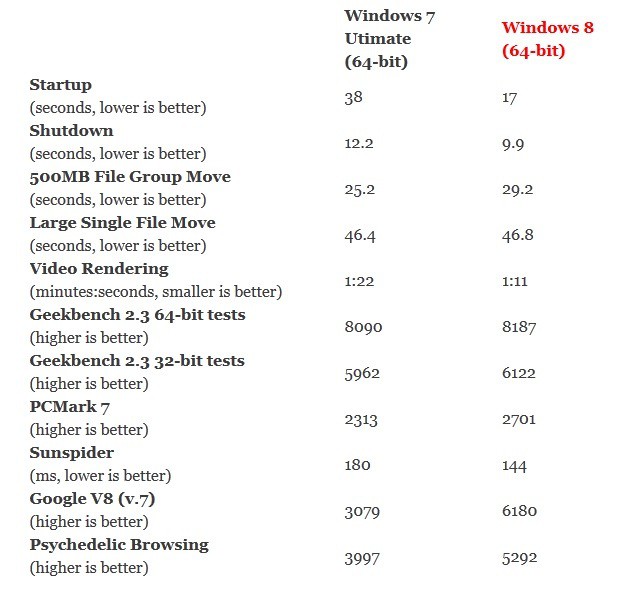


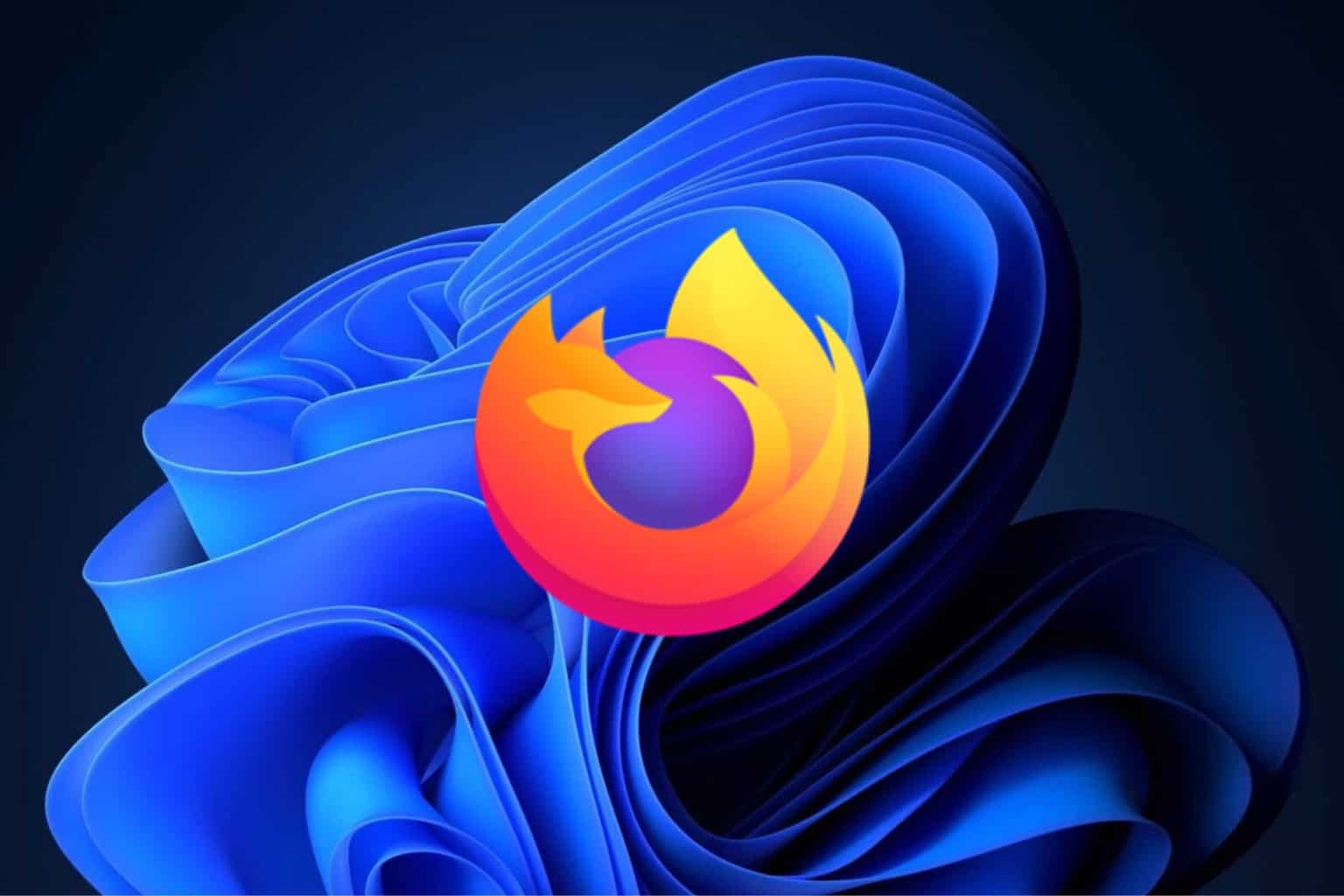

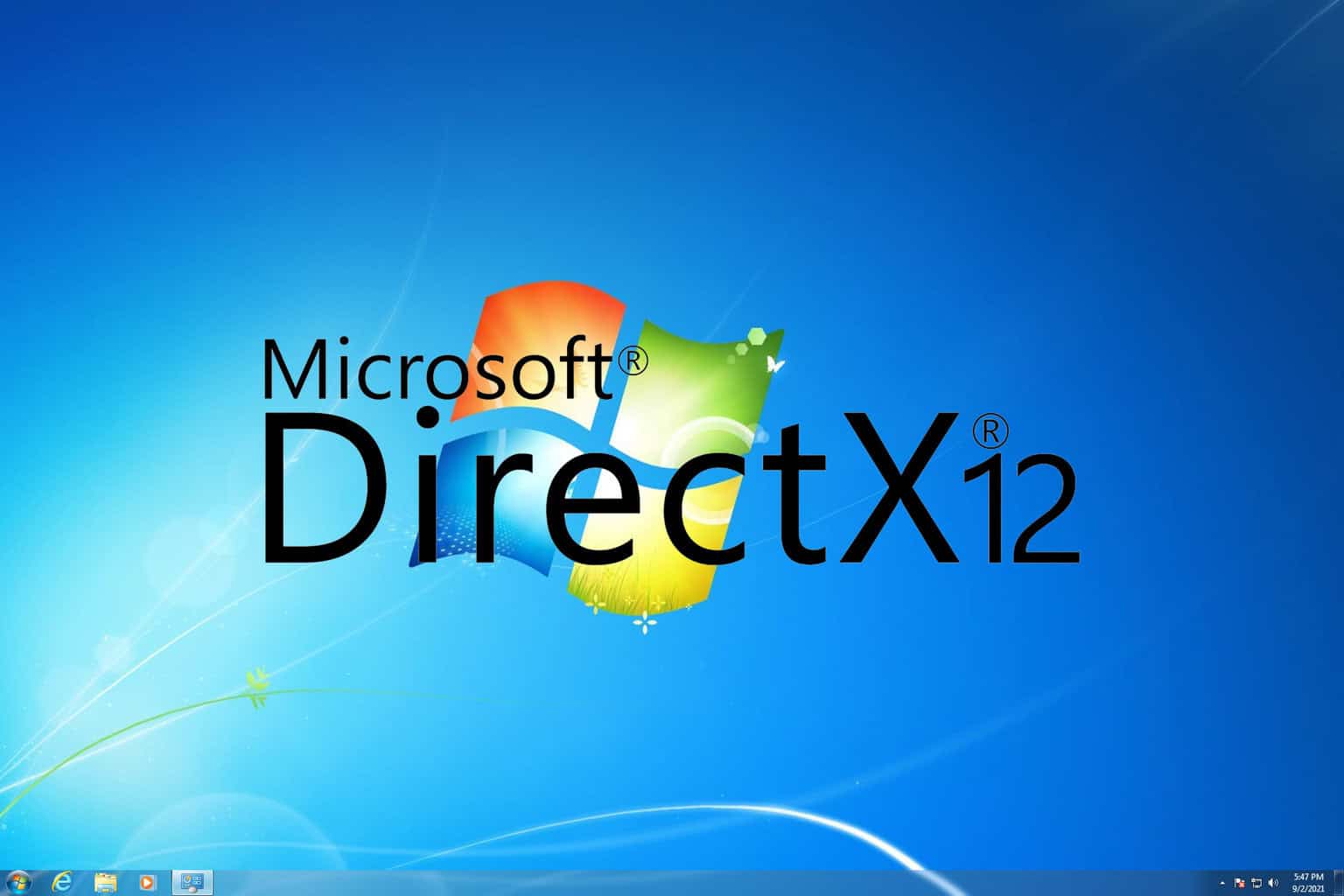

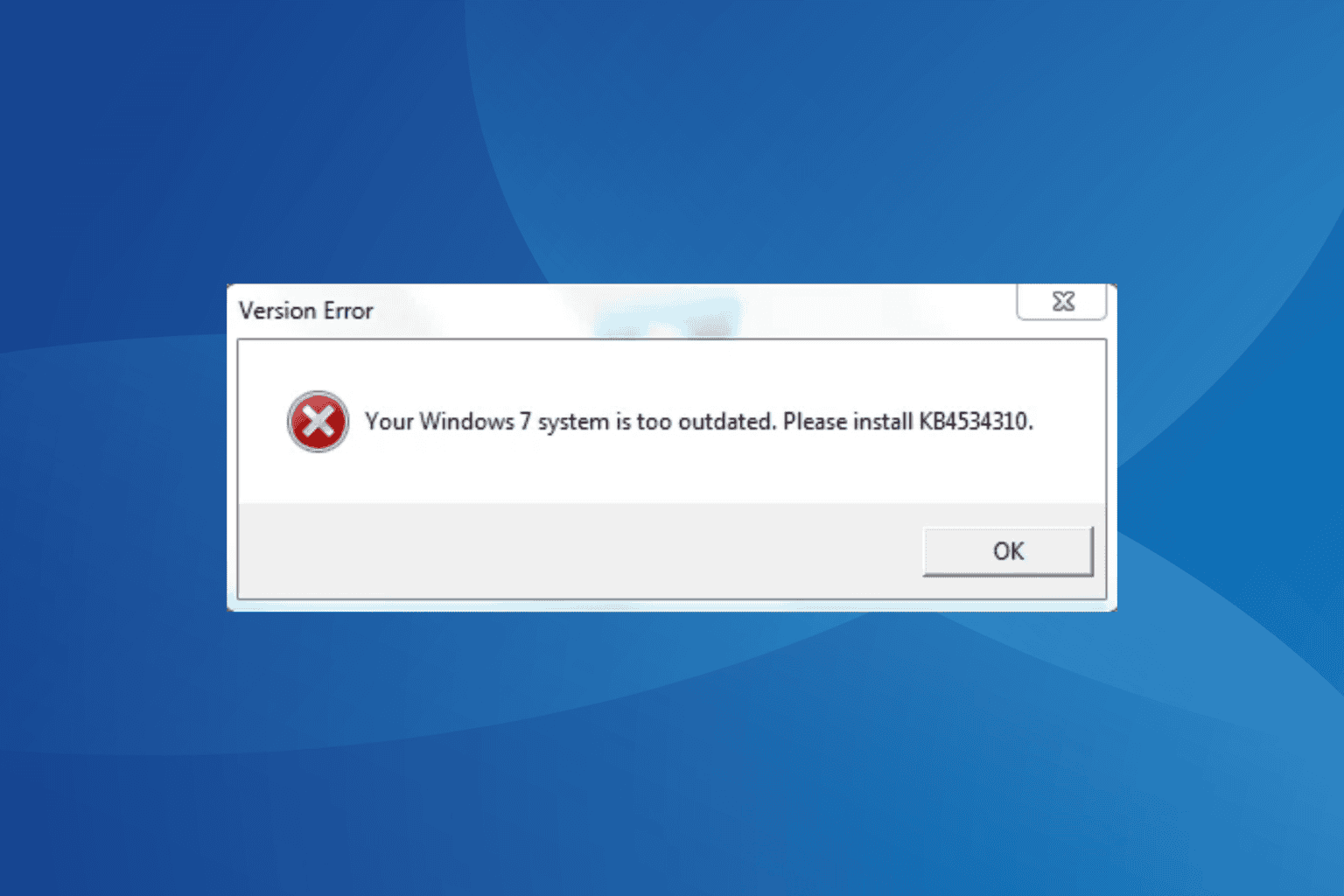
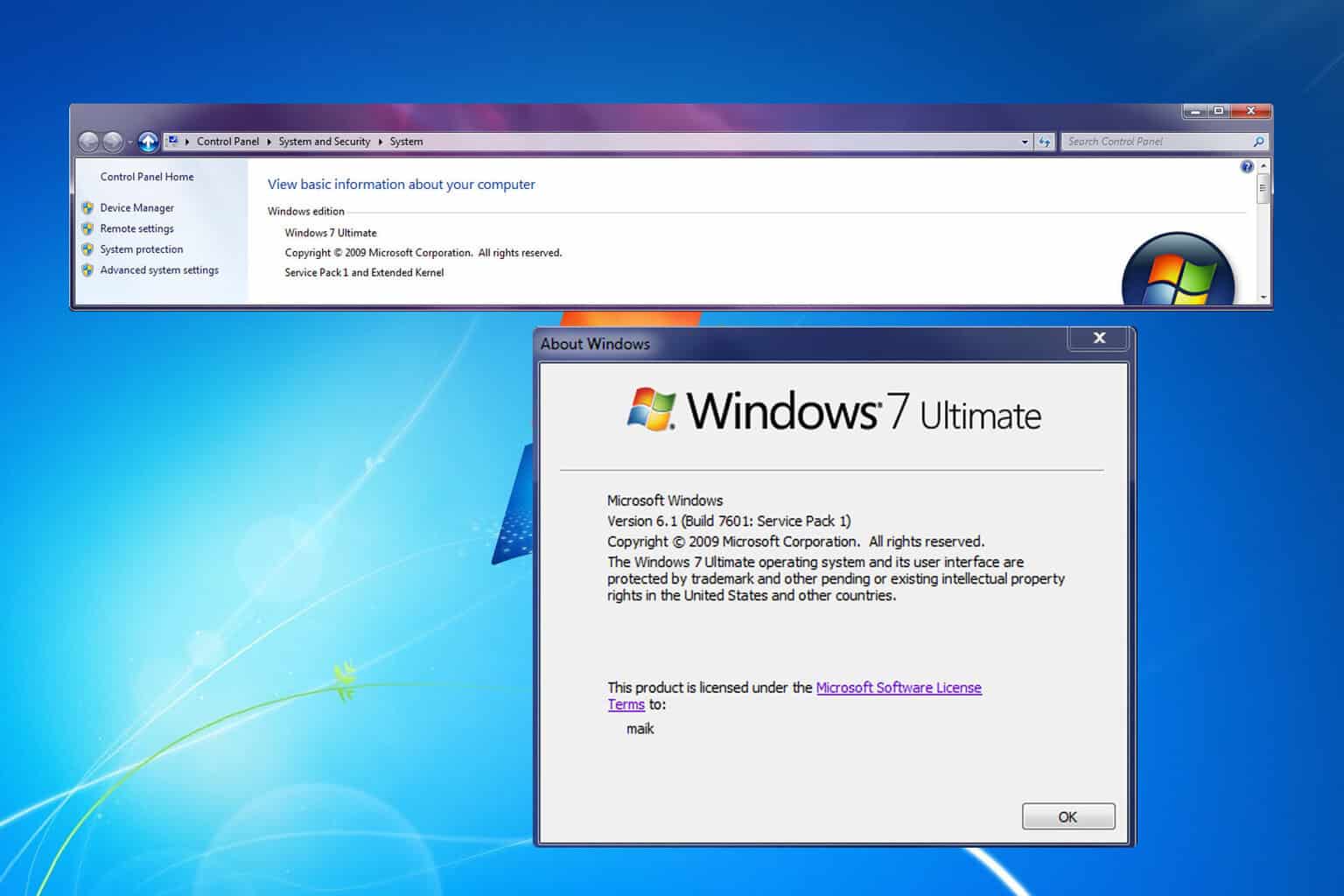
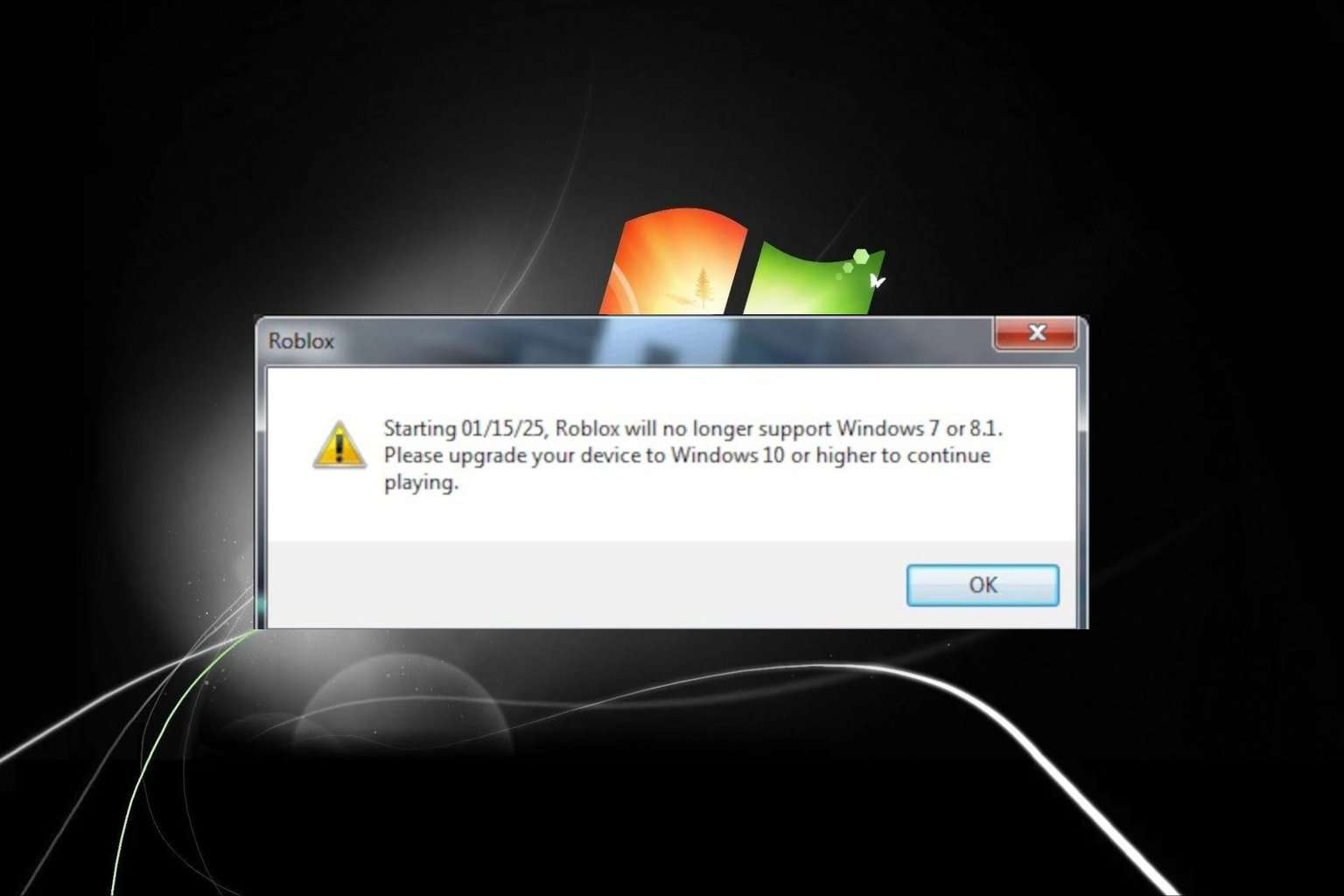

User forum
1 messages